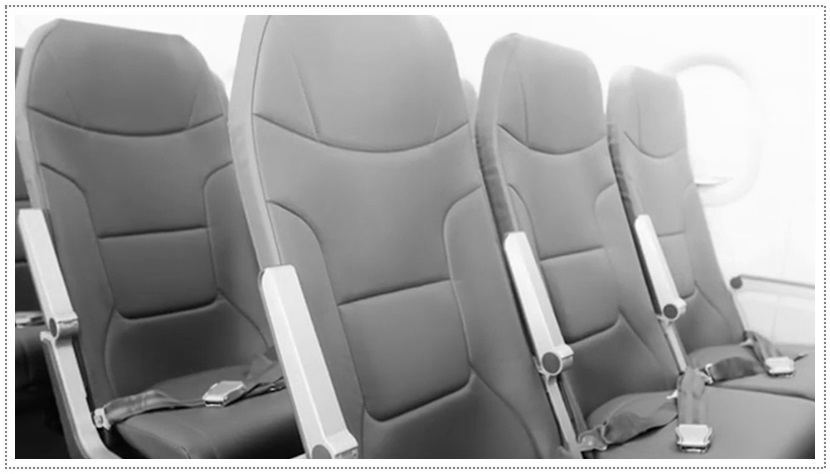Although the proliferation of revenue-based programs and dynamic award pricing is changing the game in fundamental ways, the availability of award seats remains one of the key factors in determining the real-world value of any airline loyalty program. It would seem, then, that a definitive comparison of award-seat availability among the various airline programs would be a natural. The best program is the most rewarding program, no?
Yes and no. And in any case, such comparisons are easier imagined than realized.
This week, IdeaWorks and Switchfly released the seventh edition of their annual Reward Seat Availability Survey. It strives to attain legitimacy by test-booking award flights on a multitude of routes, on a range of dates, on 23 airlines. The approach does have its limitations, however. For example, it only assesses saver award availability, for two travelers flying together, booking on the airlines’ own websites. Still, notwithstanding the persistent quibbles with the methodology, the results are always worth considering.
Among the latest study’s findings:
- Reward availability is up for the third year in a row: 76.6% of the 2016 award bookings were successful, above last year’s 74% and 2014’s 72.4% success rates.
- Long-haul availability has improved significantly, with eight airlines having availability scores above 70% for 2016, compared to just three back in 2010.
The top-10 airlines overall, from most to least generous, were as follows:
- airberlin, Southwest (tie)
- Virgin Australia
- JetBlue, Lufthansa/SWISS/Austrian (tie)
- Turkish
- Air Canada
- Qantas Group
- Korean Air
- China Southern
- Emirates
- Air China
U.S. carriers scoring out of the top 10 were Alaska (14), United (15), Delta (16), and American (21).
Payback
New in this year’s report is Reward Payback, a measure of awards’ value relative to the expenditure required to earn them. So, for instance, if it takes 20 $250 flights to earn enough miles to redeem for an award ticket with the same value, the payback, or return on investment, would be 5 percent.
- JetBlue – 7.9%
- Alaska – 7.8%
- Southwest – 7.3%
- United – 5.0%
- Delta – 3.8%
- American – 3.1%
So, at least according to this study’s methodology, the low-cost carriers not only deliver more awards, they provide a heftier return on travelers’ dollars in doing so.
Should You Care?
By design, the study is tightly focused on award-seat availability; it doesn’t attempt to measure a loyalty program’s broader value, or its suitability for a particular traveler.
Southwest, for example, may well offer its Rapid Rewards members unfettered access to award seats. And that’s good to know. But it doesn’t make Rapid Rewards a good fit for the business traveler who flies in first class domestically, and wants to use his miles for award trips to Europe or Asia.
Likewise, if you live in Seattle, you’ll probably be best served by the programs linked to Alaska Airlines or Delta, which have major presences at that city’s airport, rather than JetBlue’s TrueBlue program, which has better award availability.
There are, in short, a host of variables that make a program more or less valuable to an individual traveler. Your mileage, and your miles’ value, will vary.
Reader Reality Check
How do these findings compare with your own experience with the airlines’ mileage programs?
After 20 years working in the travel industry, and almost that long writing about it, Tim Winship knows a thing or two about travel. Follow him on Twitter @twinship.


This study stacks the deck in favor of revenue-based programs like Southwest’s. They compare short haul availability on Southwest while looking at long haul availability for legacy programs (yes, they really do that).
And they treat anything available for 25,000 points with Southwest or JetBlue as being like saver availability, not factoring that points in these programs aren’t on the same scale as legacy programs.
In claiming Southwest’s availability is best, all it does is show that you can buy short haul advance purchase Southwest Airlines flights for $350 or less. That’s not useful information when comparing loyalty programs.
Yep, there’s a lot of fudging required to give the appearance of apples-to-apples comparisons. But to my knowledge, it’s the most ambitious study of its kind, warts and all. While it’s not particularly useful to me, I think it at least serves as a reminder that award availability varies widely and expectations should be managed accordingly.
And if that’s all it claimed to do, I would think it’s great! 😉